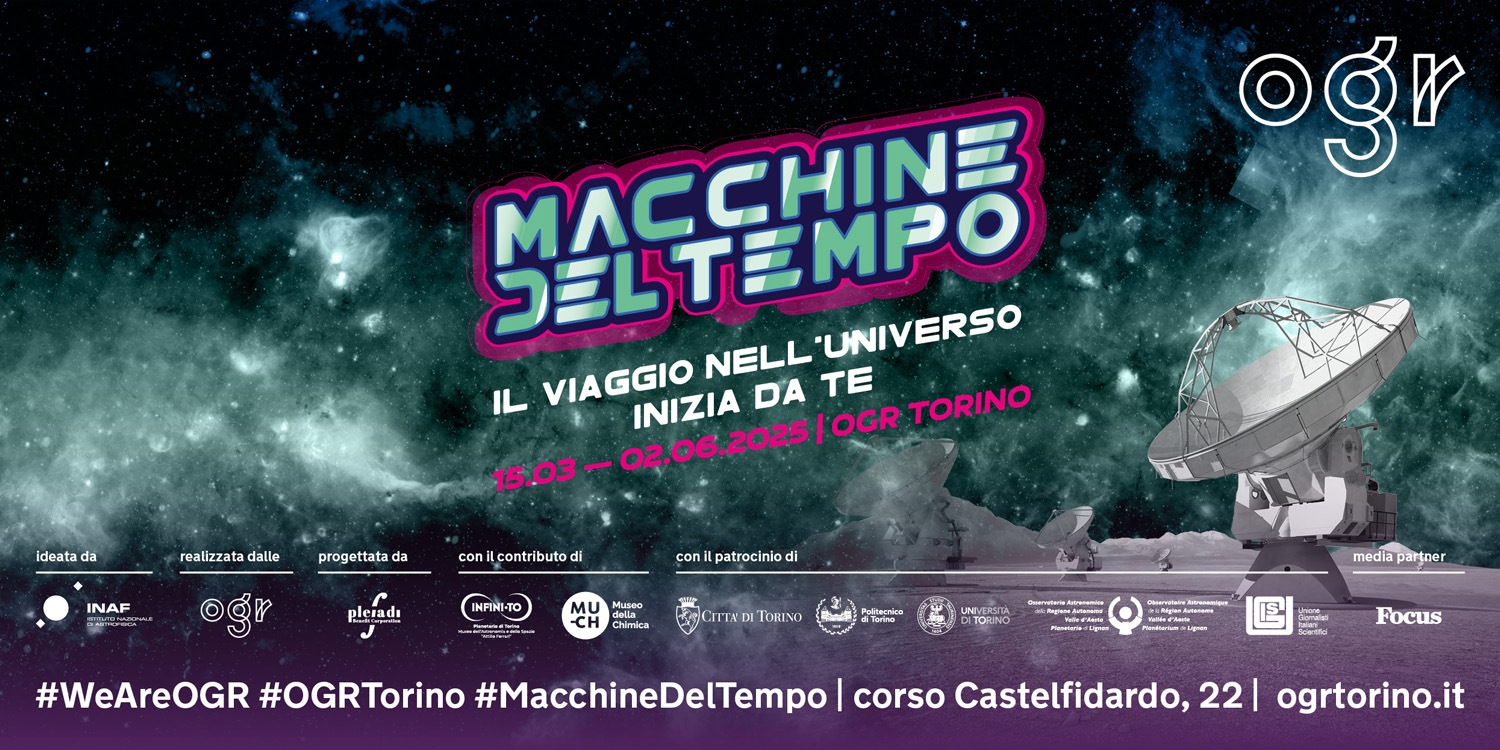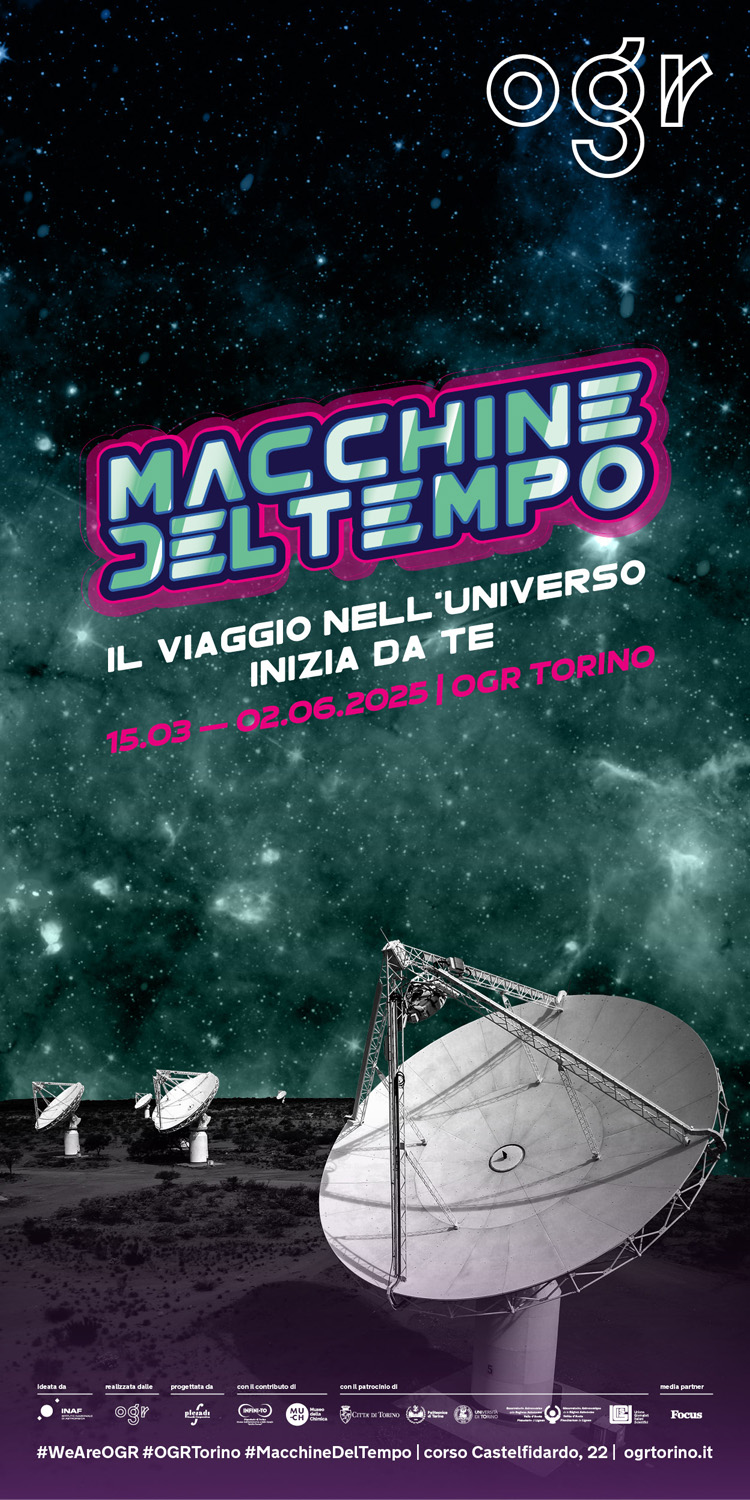A new interactive simulator which shows the consequences of the impact of a near-earth asteroid, Asteroid Launcher, became available a few weeks ago.
This tool was developed by Neal Agarwal, a self-taught software developer with a passion for creative code writing. The user can choose between different types of asteroids (rocky, metallic, carbonaceous) or comets, and set parameters such as size, impact velocity, fall angle, and position on the earth’s surface.
Asteroid Launcher uses Apple Maps for the earth’s cartography, so that one can search for a specific location for the impact, and set the parameters of the simulation with the available cursors.
The user interface displays the crater resulting from the event, and the serious consequences of the shockwave generated by the impact: noise, wind, thermal waves, and earthquakes.
One of Asteroid Launcher’s most interesting features are its levels of visualization: after the asteroid impact one can scroll a list of statistics, and the map view gets updated during the process.
The best way to understand how Asteroid Launcher works is to try it out. Its catchy graphics and ease of use make it a great virtual laboratory, which helps understand the consequences of an asteroid or cometary impact.
We can start by considering the small asteroid which caused the Chelyabinsk event on 15 February 2013. Let’s imagine such an object falling on a large town in Italy – what would happen?
For such a simulation we should choose a rocky asteroid with a diameter of about 20m, an inclination angle of about 19 degrees, and a speed of about 19 km/s.
After Chelyabinsk we move on to the famous Tunguska catastrophe of 30 June 1908: we need a rocky asteroid with a diameter of 50-60m, inclination angle 45˚ and impact speed 17 km/s.
We’ll see that no impact crater forms, because the asteroid disintegrates in the atmosphere several km above the ground.
Things change if we switch the asteroid composition from rocky to metallic, in which case we obtain an impact crater similar to Meteor Crater in Arizona.
What would happen with a comet of the same diameter? Try it and see.
We can also simulate the impact that occurred 65 million years ago in the Gulf of Mexico, which caused the extinction of the dinosaurs and of 70% of all living species of that time.
In this case the parameters are: rocky asteroid with a diameter of 10km, inclination angle 45˚, and speed 20 km/s.
Depending on the place of impact, consequences differ: should the fall occur in an ocean, as is most likely given that oceans cover 70% of the earth’s surface, a tsunami wave would form, endangering the coastal areas. The impact crater on the seabed would be smaller than one formed on dry land, because part of the asteroid’s kinetic energy would be spent in shifting the huge mass of water. To better illustrate the power of the explosion, fallen trees and ruined buildings are mentioned even in the case of a fall in the middle of an ocean, but this is just artistic license.
Of course, the simulation results are not random, but calculated on the basis of the physics and mathematics which govern these events.
To anyone interested in background reading for Asteroid Launcher, we recommend this paper: Collins, Lynch, McAdam and Davison, 2017, “A numerical assessment of simple airblast models of impact airbursts”, Meteoritics and Planetary Science, 52, 1542-1560.
Try out Asteroid Launcher at neal.fun

